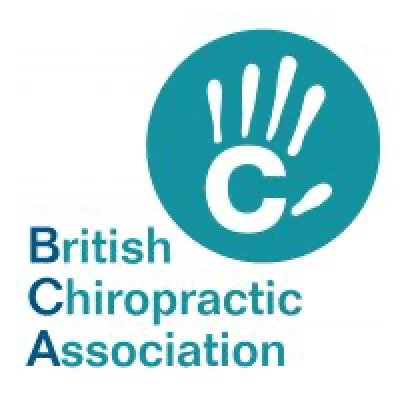Muscular Trigger Points – What is a Knot?
Muscular Trigger Points – What is a knot?
Knots in muscles are extremely common, we all have them, but what is it and how do these “trigger points” come about?
Firstly, your muscle has not actually twisted itself into some fancy knot that only the most experienced of sailors would recognise. Knot is the simplified name given to trigger points that form in your muscles.
What are they?
A trigger point is a hyper-irritable spot in a muscle. It will be a palpable nodule and can theoretically occur in any muscle in the body. Trigger points are painful to touch and will often elicit a response which is not proportional to the pressure being applied. When treating, I will often highlight this by applying the same pressure to a different muscle. My patients can then not believe that the same pressure has been applied in both areas.
Trigger points can refer pain into other areas of the body. For example, a trigger point in the upper trapezius muscle between the neck and shoulder can refer pain to the head, giving the sensation of a headache.
There are a few different types of trigger point. Primary points will cause pain locally and often refer pain into other areas. Satellite points will form in surrounding muscles in response to the primary trigger points. When the primary trigger points are treated, these will often relax and disappear. It is important to find the active trigger points as these are often the real source of pain.
So, what causes them?
Trigger points can be caused by multiple factors. Addressing the many potential causes of the issue is vital to reducing the pain associated with trigger points.
Causes include:
- Injury/Trauma
- Lack of exercise
- Poor posture
- Muscle Overuse
- Chronic Stress Conditions – anxiety, depression.
- Vitamin Deficiencies – e.g Vitamin C, D, B and Iron.
- Poor or lack of sleep
- Hypermobility
One theory for the presence of muscular tension is the Integrated Trigger Point Hypothesis. In response to a stimulus (for example, seated desk posture), the areas within the muscle where the nerves enter become overactive. This in turn permanently turns on the active areas of the muscle known as the sarcomeres. Within your sarcomeres, two filaments called actin and myosin will slide over one another to cause movement at a muscle. Within trigger points these areas become overactive and stuck. This leads to a local inflammatory response, loss of oxygen and nutrient supply, an increase in metabolic demand and pain.
What can be done to help?
Understanding the causes of your trigger points and pain is one of the most important parts of solving the problem. If you continue to have high stress levels, poor posture and aren’t exercising enough, the problem will persist.
Taking up Pilates or yoga are great ways to improve your posture and optimise the function of your muscles.
Therapies such as EFT and CBT are also great for reducing stress levels.
Physical treatment is required to break the cycle of overactivity within the nervous system as well as restoring oxygen and nutrient supplies. Sports massage is a fantastic tool for directly treating trigger points in muscles. Targeting the specific points with massage pressure will reduce the associated pain.
Using foam rollers or massage balls at home can help you to take charge of the issue. Rather than waiting, you can use these tools at home to reduce some of the muscle tension between treatment sessions.
If you would like more information think you that you have some muscle tension that needs assessing, feel free to email JJ.
Read on to our next article on Tennis Elbow and How to Fix it by Physiotherapist, Angela Sells.

























